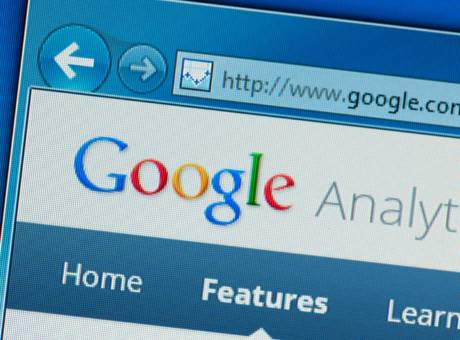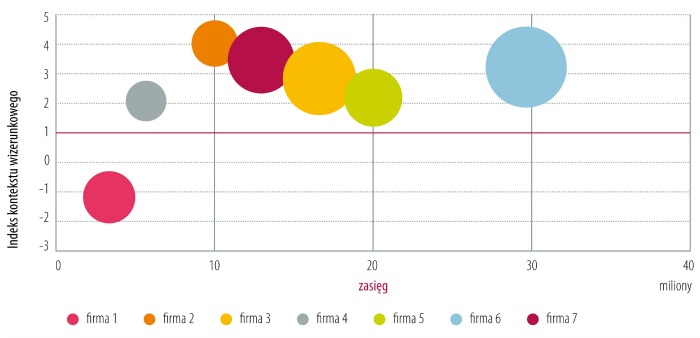
Do you know how to… read a benchmarking map?
Benchmarking is an analysis that compares a company, brand, service, product or process with its competitors or compiles data over time. Being one of the most frequently used management methods, it is also successfully applied in marketing and PR.
As an advanced comparative analyses method, it is used to measure the effects of communication activities in media reports. Using the so-called benchmarking map, it is possible to reflect the actual media position of the entity, taking into account as many as 3 indicators simultaneously. They can include, for example, the number of publications, the sentiment of the information, impact or advertising equivalency. This way, it is possible to compare companies as well as individual projects and the development of products or services over time.
A cyclical comparative analysis is a great tool for assessing the implementation of a strategy, comparing the company with its competitors and analyzing the effectiveness of processes.
Let us have look at a compilation of the effectiveness of PR activities in seven companies. The chart presents: the image context index (the sentiment of information), the reach of information about the company expressed in the potential number contacts the audience might have had with the publications and the number of communications expressed as the size of the circle.
The position of the circle in the chart is the resultant of all the aforementioned elements. The top right corner means the strongest position. It is occupied by company 7 which attracted a big number of pieces of information with positive sentiment. In turn, company 1 recorded a lot of negative information but with a limited reach (bottom left corner). It would be in an even weaker position if this unfavourable information was of a big reach. It would mean that such communication reached many recipients (bottom right corner).

REACH CUSTOMERS,
BOOST SALES













